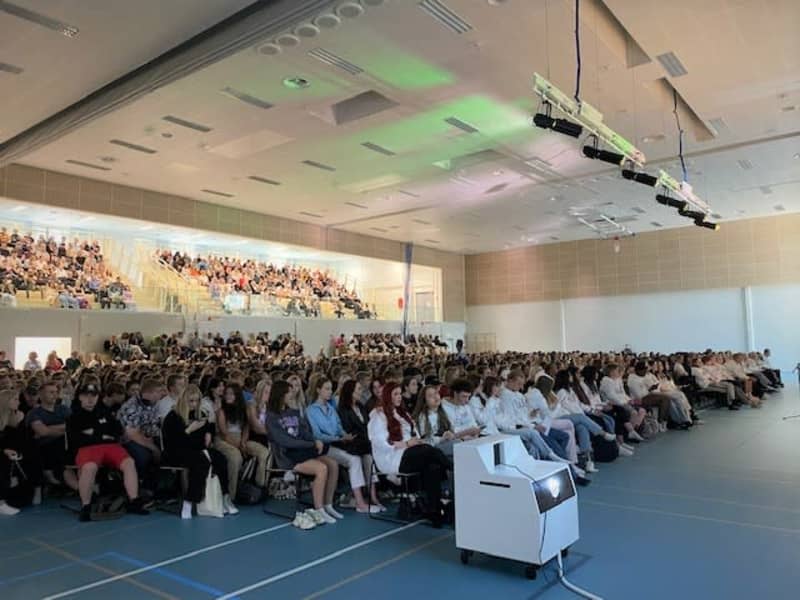Finland’s big high schools are getting bigger and smaller ones are getting smaller. In Lahti, a new high school started its semester on Wednesday, where more than 1,300 high school students study.
One of Finland’s largest high schools has started operations in Lahti. Tiirismaa and Kannas high schools have merged into Lahti high school Gaudia, where 1,310 high school students study. There are almost a hundred employees. On Wednesday morning, all students arrived at the campus in Paavola for the joint opening of the academic year on time and in good order.
– There are so many people. It makes me wonder if anyone will be found here, Nurminen thinks.
– It’s not very nice, but this will work, guesses Liedes.
Liukko is sad that there is no room for a car. There is no parking space in the high school grounds and the nearest parking place is for a fee.
Gaudia high school urges students to appeal to the decision-makers, so that Gaudia students also have the opportunity for cheap or free parking near their own high school.

– At least there are more teachers and facilities. The course selection is also better.
– Only parking spaces are a problem. We had 60 mopeds parked, while there are 20 spaces. There wasn’t even a parking space for cars and ATVs in the area of \u200b\u200bthe high school, laments Rosti.

The differentiation of high schools has continued throughout the 21st century
The average number of students in upper secondary schools is currently 280 students. The size of the ten largest upper secondary schools has grown from more than 500 to more than 650 students in 20 years. Meanwhile, the smallest tenth of upper secondary schools now have less than 50 students instead of the previous 90
There are few high schools with more than a thousand students. In addition to Lahti, there are also large high schools in the capital region and Jyväskylä.
In Värri’s opinion, it is unlikely that new high schools will be created in Finland in the next few years. A large high school is often created by merging two educational institutions, and in many localities the possible mergers have already been done.
– If it is possible in terms of facilities, large high schools will be created to a limited extent. But several high schools with 1,300 students will not be born in the next few years, says Värri.
